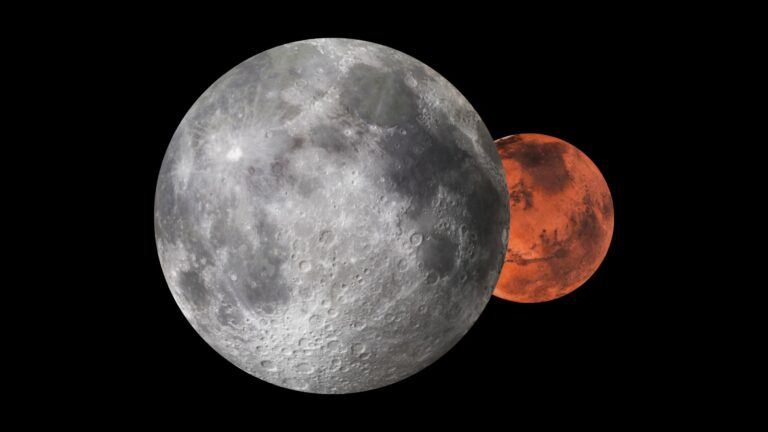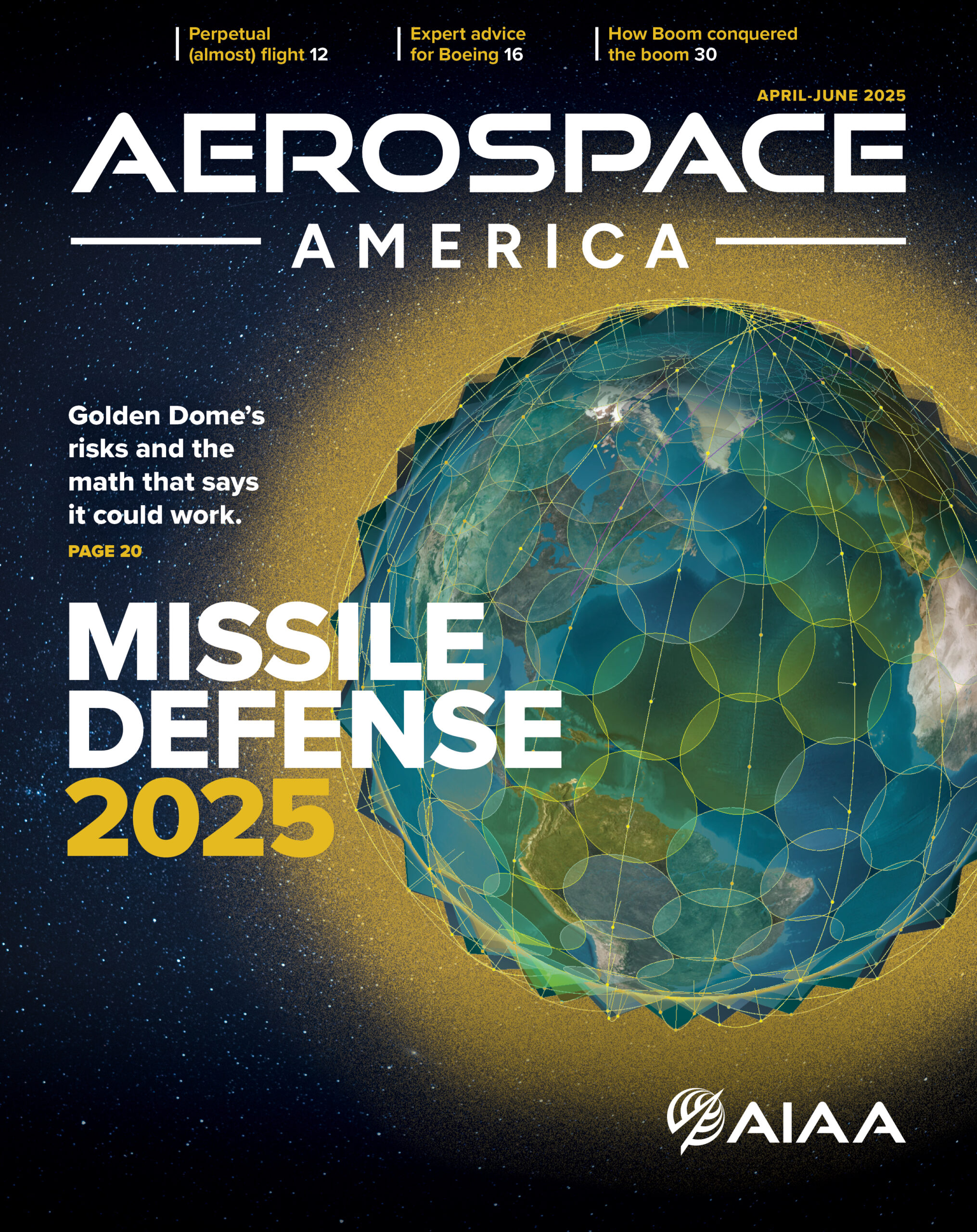Overstating the climate link
Russ Paielli, an AIAA associate fellow in San Jose, California, took issue with Ben Iannotta’s contention in his February/March column that the Los Angeles fires “painfully demonstrate” that the consequences of climate change are upon us [“Turning science into action against wildfires and climate change.”]:
“The recent Los Angeles area fires were the result of gross mismanagement, including empty reservoirs, negligent land management, and a late response even though they were warned well in advance of the hazard. ‘Climate change’ was most likely a minor contributing factor, and the notion that it made the disastrous effects of the fires inevitable is based on debatable science that I believe should be avoided in AIAA publications. We must be careful not to let ‘climate change’ be used as an excuse for mismanagement and negligence, both past and in the future as well.”
The case for the moon
After reading the January Big Question [“Will humans ever permanently settle on Mars?”], Peter Turchi, an AIAA fellow in Santa Fe, New Mexico, wrote in to advocate for a lunar settlement:
“The discussion of settling on Mars could benefit from some systems engineering: what problems are we trying to solve? We may readily grant the emotional urge to spread humanity off its fragile birthplace. But how best to answer challenges such as planetary defense, the development of high energy propulsion for space exploration and the search for extraterrestrial life?
“The Moon could serve as the base for a planetary defense system for at least some threats due to asteroid or comet impact. It could also provide an excellent site for nuclear propulsion technologies, unconstrained by environmental concerns for development on Earth. Most importantly, it would allow easier creation of a significant and self-sustaining portion of humanity away from potential hazards of catastrophe on Earth, e.g., super-volcanoes, plagues, war.
“Both the Moon and Mars offer constraints on visions that have been depicted for eight decades of astronauts frolicking outside shiny domes on the surfaces of other worlds. Now we know that radiation would force them to live below the surface. This would mean many thousands vs dozens of humans willing to live in an underground environment away from Earth. Human development may require periodic return to Earth’s gravity. Would Mars offer this? What is the economic basis of activity for the colony? Special materials from Earth might be traded for advanced technologies from lunar laboratories.
“The case for the Moon is not merely a decision on an investment strategy for reaching Mars, but as a goal itself. Many of us have grown up on stories in which Mars is not too different from a cold, wind-swept desert. Reality is a lot harsher mistress. Living in an underground ‘kiva’ of Southwest traditions, I’d opt for an apartment with a real-time video view of the Earth and Sun shining on the Moon.”
Saving Kwajalein
Philip Snyder, an AIAA senior member in Indiana, read the January cover story [“Can Kwaj survive?”] with interest but suggested an alternative use for the funds the U.S. Army plans to spend studying climate risk:
“I would suggest that a legacy approach be applied to the current 11 cm, and potentially foreseeable 20 cm, rise in sea level at the site. In place of a $1.2 million study on mitigation, a civil engineering design and construction of a set of protective dikes at key locations would be a more cost effective action.
“While research on mitigating climate risk may be more attuned to 2020’s thinking, such a study would likely be redundant to several already funded works and also fail to be in alignment with 2025 DOD policies and key missions going forward. No need to invite DOGE action.”




